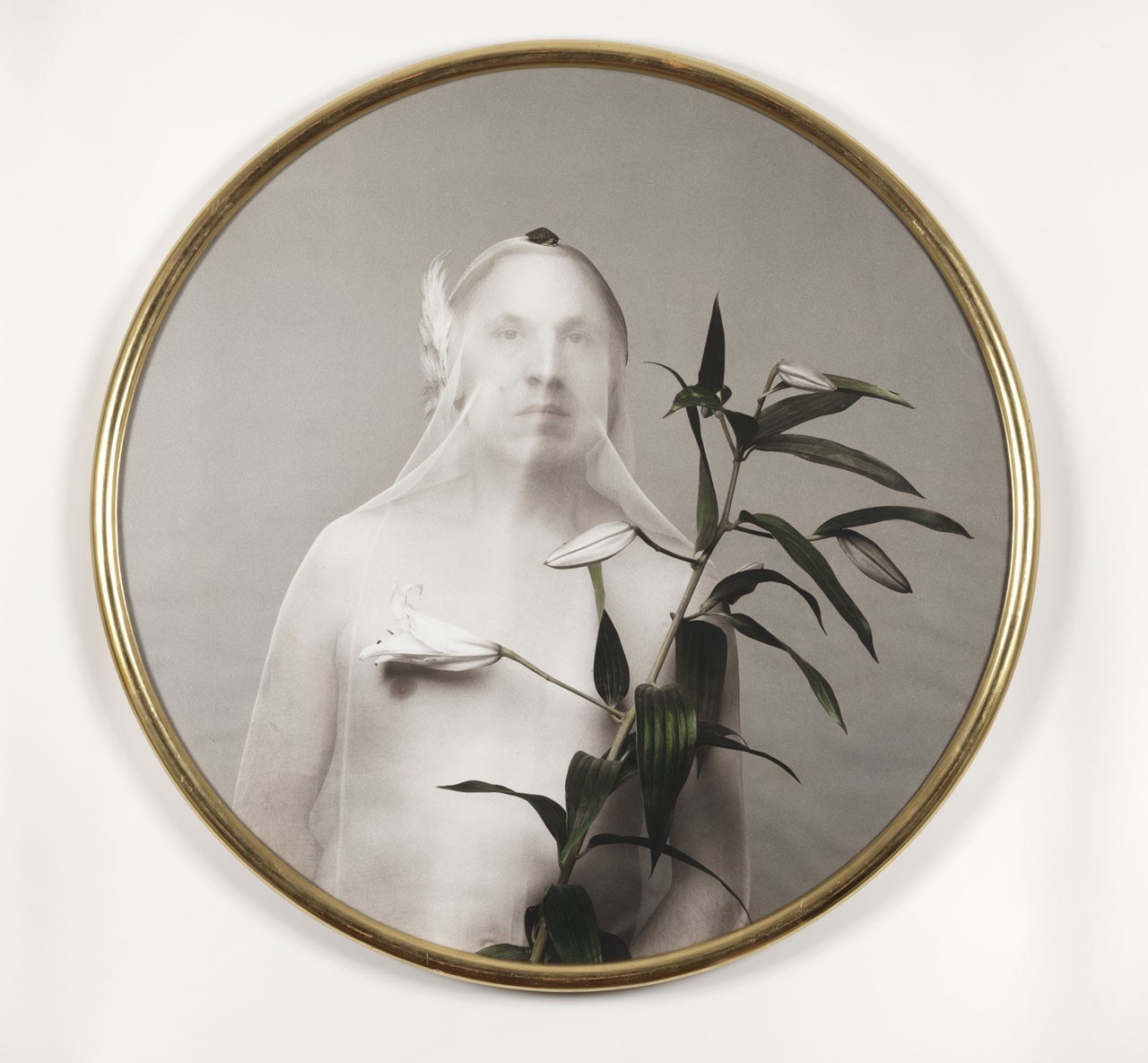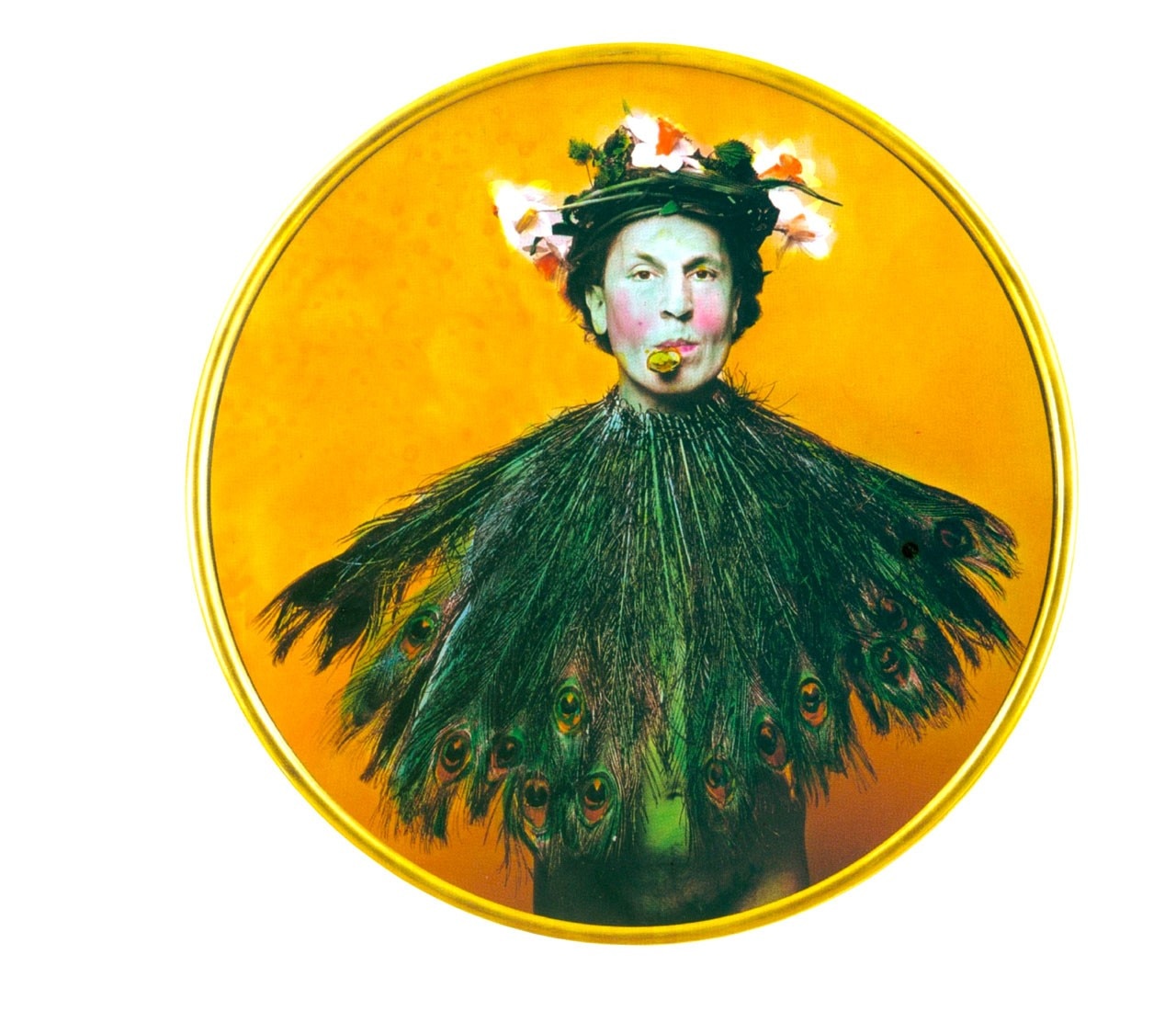
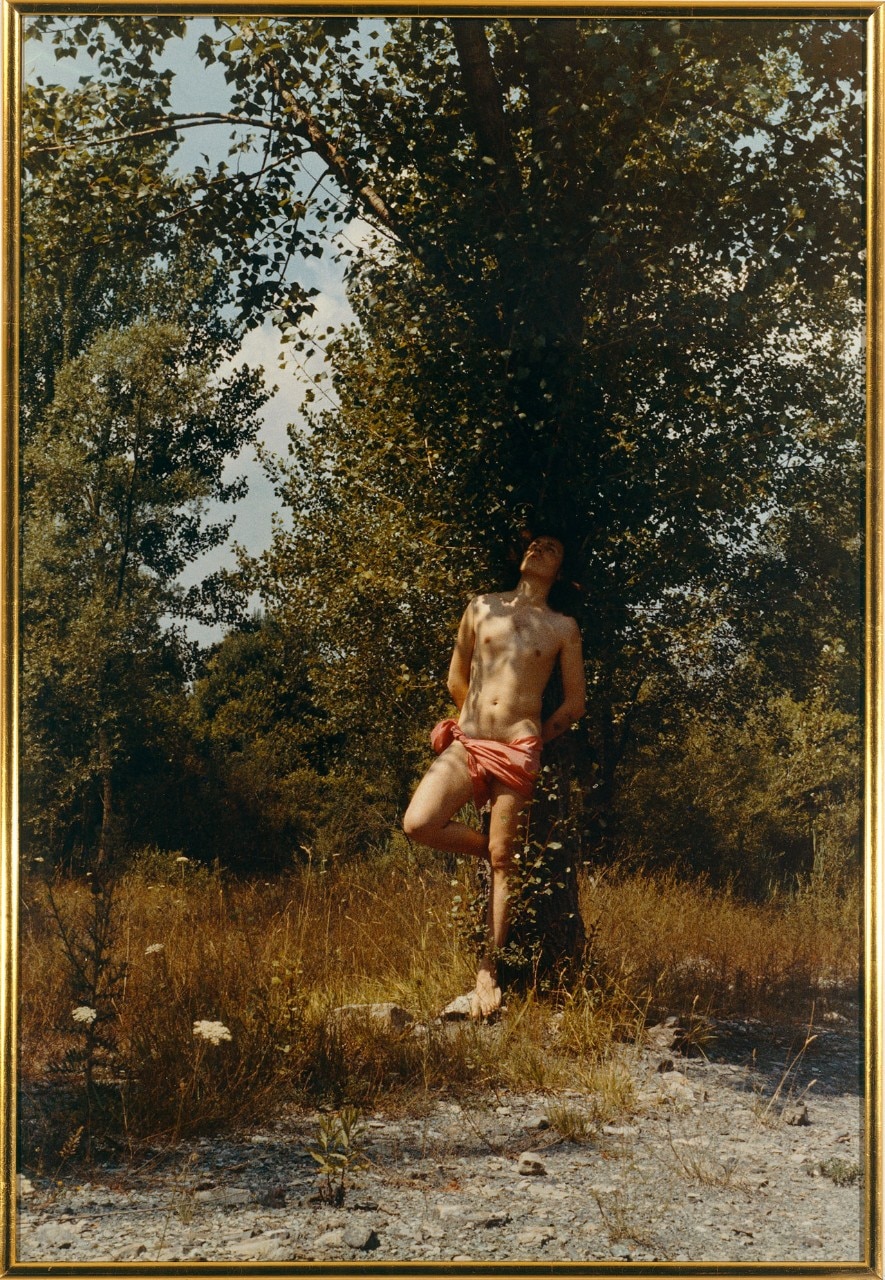
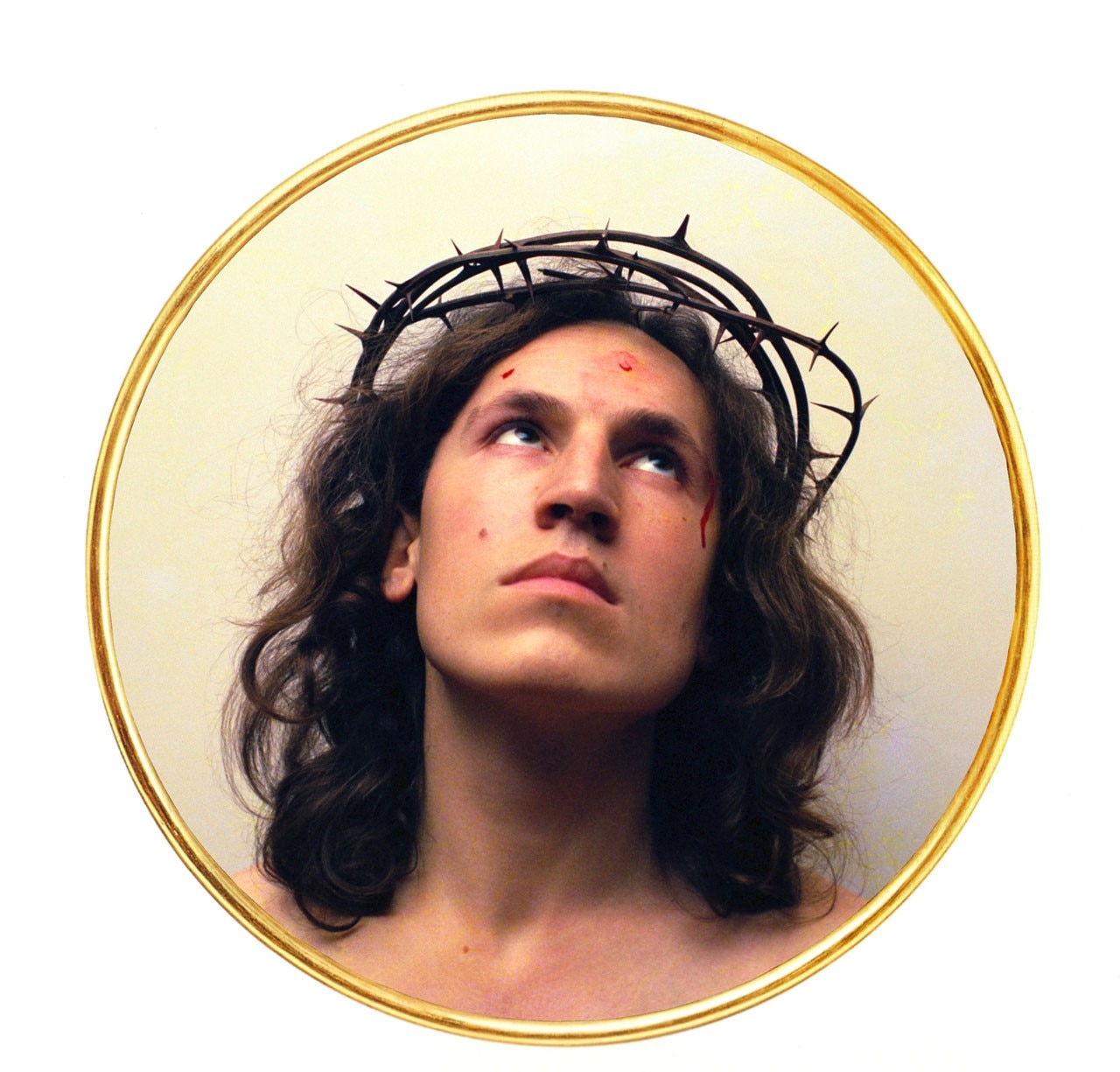
Ontani has no taste other than for himself, for the mise-en-scène, the contrivance, the cosmesis. In the past forty years he has squeezed the lemon of his imagination to the last drop, ripening his desire to sink unimpeded into the altar of his own ego, seeking refuge in the impudent cadence that has made him famous. “Long live art!” sings the answering service of his home in Rome, once the studio of Antonio Canova and in which a radio permanently turned on pours classical music into the air at all hours. Terribly eccentric, but also bitter, ambivalent and funny, brutal, obscene, stylish and cultivated, enchanting, mysterious, decadent, surreal and tragicomic, Ontani very much gives the impression of having managed to preserve, in the obsessive instability of his identity, that bridge of childhood from which to gaze at the world with wonder while succeeding, needless to say, in making things wondrous.”
“I envy his walking on earth with those enormously soled boa shoes with such infinite lightness and irony”, remarked Goffredo Parise. Disguise is his oldest flirtation. Nothing amuses him more than to step into other people’s shoes, be they of Pinocchio, Dante Alighieri, Giacomo Casanova, Garibaldi, Georges de La Tour, Narcissus, Bacchus, St Sebastian, Adam and Eve, Cupid, St Luke, St Jerome, the archangel Gabriel, or Jesus himself – and the list could be much longer.
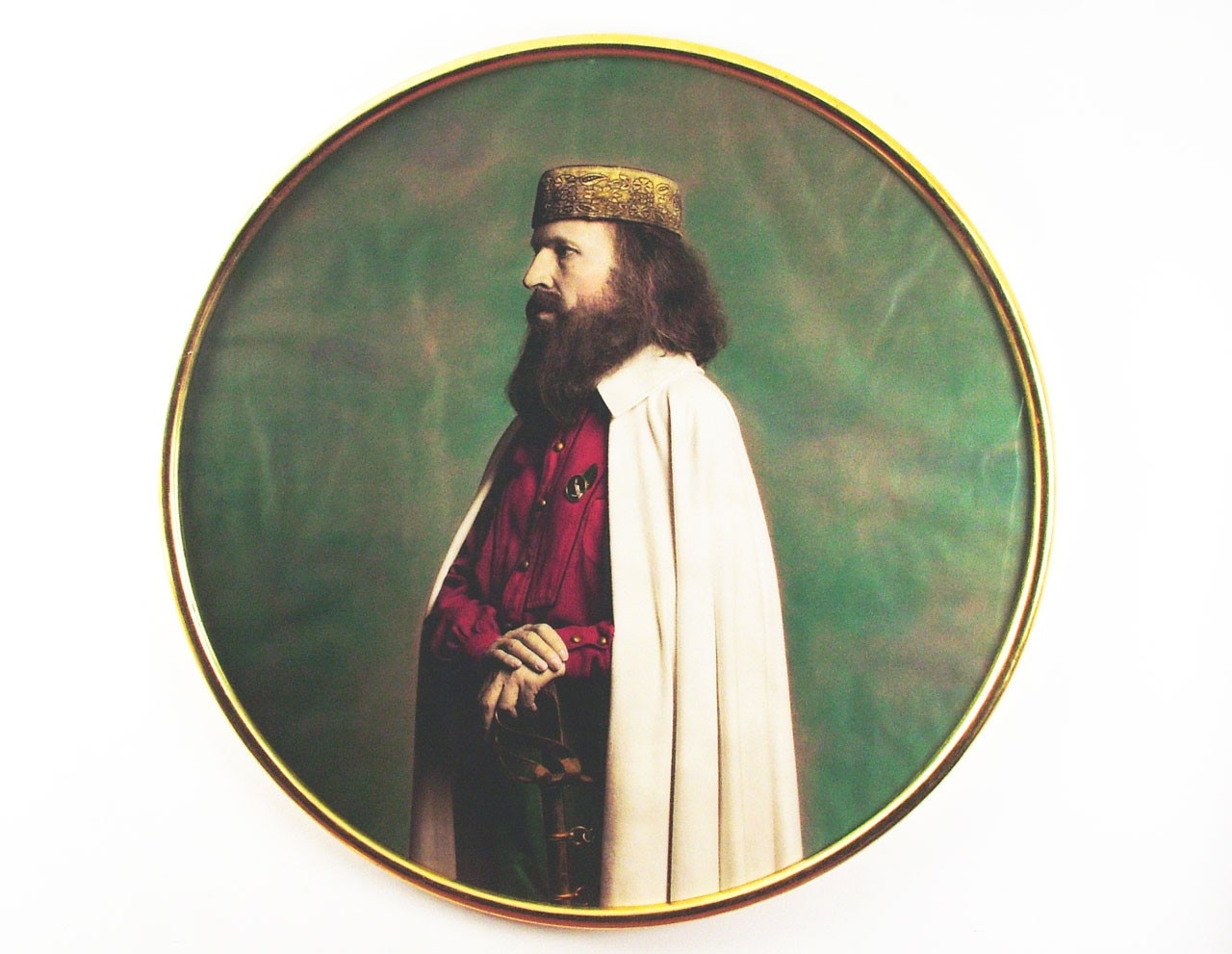
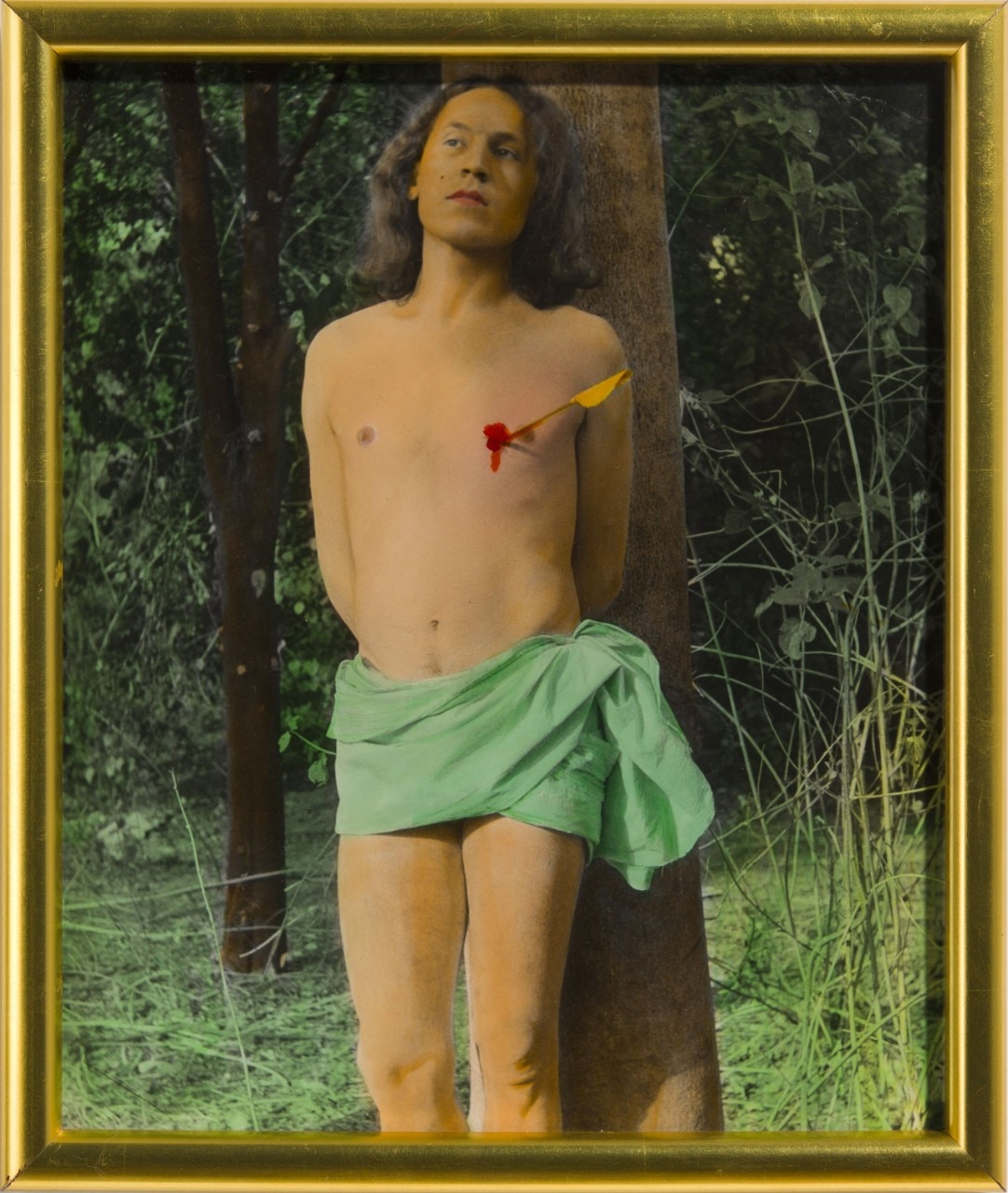
until 11 January 2015
Luigi Ontani. “er” “SIMULÀCRUM” “amò”
GAMeC, Galleria d’Arte Moderna e Contemporanea
via San Tomaso 53, Bergamo

